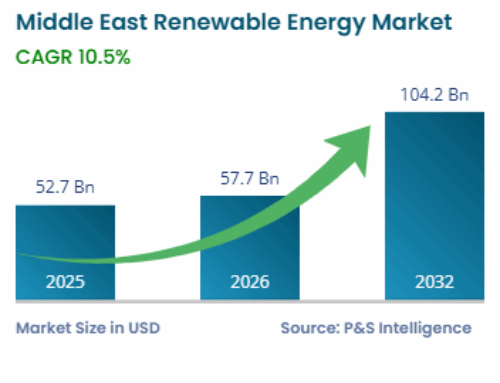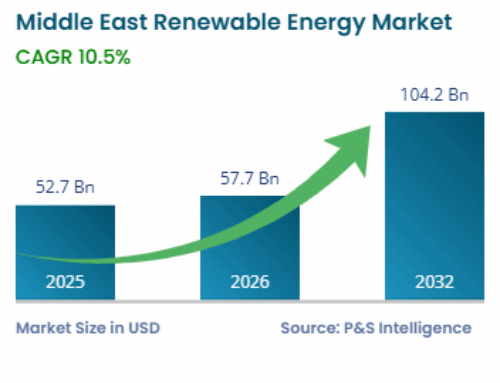Thinking of buying gold? Here’s what investors should watch for.
October 8, 2025
Gold has the same high-level risk as any investment: You could lose money. And, as with other investments, a loss on gold can materialize in different ways. Understanding the potential outcomes is the first step to managing your risk when investing in gold.
According to four gold experts, would-be gold investors should understand risks associated with price, speculation, opportunity cost, and fraud.
Learn more: How to invest in gold in 4 steps
Investors who buy gold when the metal is nearing record-high prices face a price risk. “Buying high to hope for short-term higher is a tough strategy,” said Darrell Fletcher, managing director, commodities at Bannockburn Capital Markets.
Despite the high prices, positive dynamics are at play for the precious metal. Fletcher pointed out that gold is recovering from decades of low prices, and it’s an increasingly popular diversification asset for central banks and individual investors.
The right expectations, a long timeline, and an appropriate allocation can limit your pricing risk. “Gold should not be seen as a driver of supercharged returns — it’s there to act primarily as a stabilizer in a diversified portfolio,” explained Alex Tsepaev, chief strategy officer of B2PRIME Group.
If you are interested in learning more about gold’s historical value,Yahoo Finance has been tracking the historical price of gold since 2000.
Thomas Winmill, portfolio manager at Midas Funds, encourages investors to view positions in gold bullion, coins, and ETFs as speculative. Gold is a commodity, and “commodity prices are dependent on macroeconomic, political, industrial, and financial factors that are unpredictable, and in some cases, unknowable.”
Despite its recent performance, gold is an unpredictable asset. Keeping that in mind when making trading decisions could protect you from over-exposure and unrealistic expectations.
Opportunity cost refers to what you could have made with another investment type while you were invested in gold. When you invest in gold, you tie up cash that cannot be reinvested in something else until you sell, explained Tsepaev. Since gold has historically been a diversification asset and not a growth driver, the opportunity cost can be high.
“The cost of holding gold is the growth you forgo elsewhere,” said Tsepaev.
Opportunity cost is not unique to gold — it is a factor with any diversification strategy. For example, over the past year, you could have earned a huge gain by investing 100% of your net worth in AI chip designer Nvidia (NVDA). But most investors prefer to be more diversified. They accept lower return potential to avoid being too dependent on one position.
A low gold allocation can minimize the lost opportunities in other assets.
Learn more: How does Nvidia make money?
Brett Elliott, director of content and SEO at American Precious Metals Exchange (APMEX), noted that gold is not subject to securities regulations. This has benefits in terms of reduced complexity and lower gold premiums. But it also provides more freedom for bad actors to operate. Bad actors include:
-
Dealers who sell low-quality or counterfeit coins and bars
-
Sellers of shares in mines that don’t exist or phony gold-backed certificates
-
Gold buyers who purchase gold jewelry for far less than its actual value
Elliott recommends researching an organization’s reputation carefully before you invest.
Any investment has risks and trade-offs. Gold provides diversification benefits and inflation hedging, but the precious metal’s unpredictability creates speculation risk and opportunity cost risk. Buying near all-time highs adds price risk, too. Financial scams are also prevalent in the gold industry, so it’s important to choose providers carefully.
Tim Manni edited this article.
Search
RECENT PRESS RELEASES
Related Post




